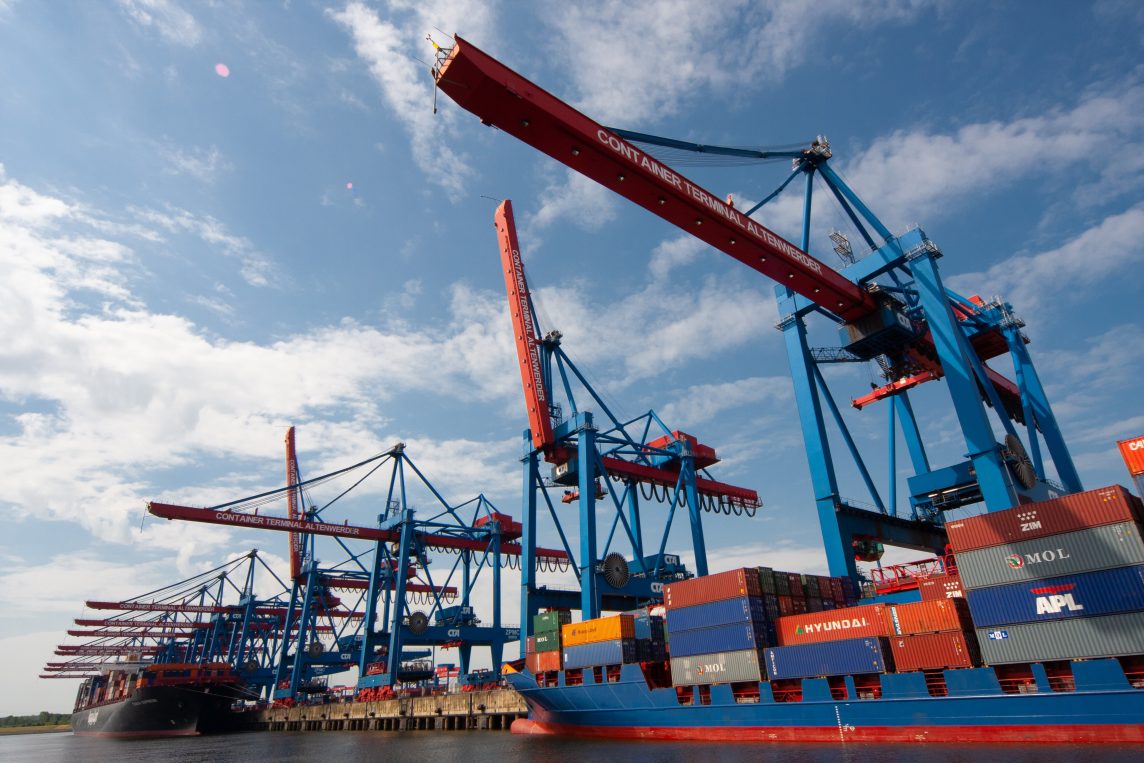With Brexit having officially come into effect at the start of 2021, new rules have altered the way many processes happen for a wide variety of industries that trade between the UK and the EU. From these industries, UK businesses have had to suffer worry, confusion and uncertainty over how dealing with the EU could impact their company and whether it could cause any significant damage.
In an effort to calm these concerns, this blog looks at how Brexit will affect UK companies, breaking down both positive and negative side effects of the change.
How will Brexit affect UK companies?
For any UK business that imports or exports goods to or from the EU, Brexit is bound to have an impact. In some cases, it could negatively affect how businesses run and the ability to keep customers and service users loyal. However, in many other cases, it could also pose a number of significant benefits that could improve the service they provide.
Below, we’ve separated the implications of Brexit that could negatively and positively affect UK companies:

Why is Brexit bad for business?
Reasons why Brexit may be bad for UK businesses that trade with the EU include:
Major changes to import / export
Even before Brexit was confirmed, it was predicted that the flow of goods between the UK and EU nations could be disrupted. For UK businesses, it’s important to have assurances in place that guarantee no significant delays to the movement of goods – like those seen in January 2021 – or any hefty charges occur. In an effort to prevent business from being hindered by potential restrictions caused by Brexit, many companies stockpiled resources in preparation. However, in reality, businesses in the UK and EU countries are unlikely to be impacted providing core relationships are maintained.
It could be that many UK business owners are worrying about their ability to continue trading as usual following Brexit, particularly with new trading rules and additional charges in place. Although many of the rules in regards to moving goods between the UK and the EU have changed, the fact that the UK government agreed a trade deal with the EU means that trade without tariffs could continue. However, for UK businesses to trade with countries within the EU, they must apply for an Economic Operator Registration Identification (EORI) number, as well as an EORI number for the country they’re trading with.
Restrictions for EEA members of staff
UK businesses have often utilised a mix of skilled migrant and British workers. But with the freedom of movement now ended, it will be more difficult for European Economic Area (EEA) members of staff who’ve been working in the UK to continue to do so.
Under the new rules, visa eligibility for EU and non-EU migrants will be based on a point based system. In this structure, 50 points will be based on a job offer from an approved employer sponsor and 20 points will be based on multiple factors, with 70 points needed for eligibility. Since the Brexit referendum, there’s been an estimated 70 per cent drop in EU migration, and as it’s harder to qualify to work following the change to rules, it’s expected that many businesses will opt to minimise the amount of staff they have and upskill their current employees.
Unconfirmed trade deals with certain countries
Fortunately, the UK government has agreed on trade deals with many countries including Cameroon, Chile, Egypt, Iceland, Israel, Kenya, Kosovo, Lebanon, Lichtenstein, Moldova, Morocco, Norway, Singapore, South Korea, Switzerland, Turkey, Tunisia, Ukraine and Vietnam to name a few.
While trade deals are in place for a broad selection of countries, as things stand, the UK government hasn’t yet been able to establish deals with specific countries including Australia, Japan and the United States of America. It’s expected that trade deals for the remaining countries will be confirmed in the coming months, but in the meantime, businesses that trade to these countries may struggle to do so.
What are the benefits of Brexit to UK businesses?
Between having to adapt to new ways of working and facing uncertainty in some areas that haven’t yet been confirmed, it can be a worrying time for UK businesses. However, it also poses many promising benefits. They include:
Adapting to modern commerce
Many believe that the EU is in a poor state, and as Eurozone’s GDP was below its pre-crisis peak in the first quarter of 2015, there’s reason to believe that there’s truth behind these claims. If this is true, leaving the European market could give UK businesses more freedom and allow them to flourish in ways they may be unable to do if they remained as part of the EU.
Broader employment options
As with the previously mentioned negative that Brexit could limit the ability for UK businesses to hire or retain migrant workers, operating as a non-EU business could extend the number of non-EU employees they could consider hiring. In some instances, a highly skilled worker may be restricted by EU rules. But by not operating as an EU nation, a business could hire this employee that may otherwise be ineligible.
Growth in a variety of markets
By no longer operating within the European market, UK businesses aren’t limited by the rules, potentially broadening their horizons. In the case of countries like China and India who operate outside of the European Union, growth into new, profitable markets has mostly been positive, so the same opportunity is there for UK businesses.



















